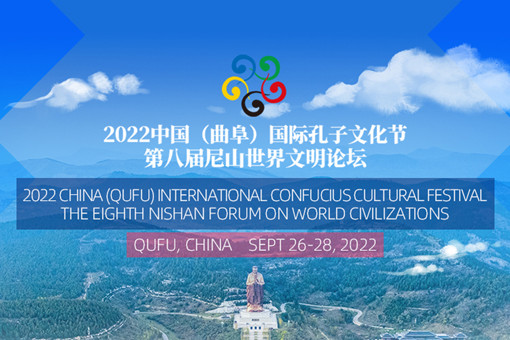Culture, tourism seen as key to developing new Silk Road
|
Tourists visit the Giant Buddha Temple on Sunday in Zhangye, Gansu province. The temple was built in 1098 and is located along the ancient Silk Road. In 2013, it received more than 1,100 Central Asian and Turkish visitors. Experts said cultural exchanges between China and Central Asia will be a foundation for the Silk Road economic belt proposed by President Xi Jinping last year. Jiang Dong / China Daily |
Editor's note: During his visit to Kazakhstan in September, President Xi Jinping proposed that China and Central Asia join hands to build a Silk Road economic belt to boost cooperation. The idea has been widely echoed in Central Asian countries, becoming an encouraging blueprint for Chinese areas along the Silk Road that has linked Asia and Europe for more than 2,000 years. In the next three weeks, China Daily reporters will travel along the belt in China, Kazakhstan, Uzbekistan and Turkey. They will show the progress and expectations of the countries, businesses and peoples on the route.
Tourism and cultural exchanges will be useful tools in building the new foundation for the Silk Road economic belt, officials and scholars from China's northwestern provinces said.
Zhang Shengzhen, secretary-general of the Gansu provincial government, said the modern Silk Road will promote commodity exchanges as well as cultural exchanges.
"Launching more cultural exchanges and tourism activities between China, Central Asia and Turkey will help those trade partners further understand the meaning of the Silk Road economic belt, and realize that China will not be the only winner on the route to the West," Zhang said.
The modern Silk Road is more than just a channel for China to import resources such as crude oil, natural gas or farm products from Central Asia, Zhang said.
"People from Central Asia could visit China's western provinces first to see what the ancient Silk Road did to benefit their countries in the past."
China's willingness to explore cultural differences and similarities is seen as one of the concrete achievements of President Xi Jinping's four-nation Central Asian tour last year.
Chen Kegong, Party chief of Zhangye, a city along the ancient Silk Road in Gansu province, said the city has been dedicated to promoting cultural exchanges with people from Central Asia.
The city's Giant Buddha Temple, established in 1098 about 600 kilometers west of Gansu's provincial capital, Lanzhou, received more than 1,100 Central Asian and Turkish visitors in 2013. The number has steadily increased, Chen said.
"The Silk Road economic belt is not a China-controlled geo-economic organization," Chen said. "It is a naturally formed concept offering Central Asian nations new edges over others competing for vessel fleet size and trade volume on the international maritime trade routes."
Yang Xiuqing, a senior researcher at Dunhuang Research Academy in Gansu's Dunhuang county, another location rich in ancient Silk Road heritage, said Central Asia needs China to help it build a modern infrastructure network, and it needs to cooperate with China to develop natural resources.
"Knowing more Silk Road cultural background will give foreign visitors an impression that the modern Silk Road economic belt can not only bring goods and wealth to both sides but can also create new business opportunities and expand their market channels in China, Central Asia and Europe from a long-term perspective," Yang said.
In the meantime, businesses from Central Asian nations such as Kazakhstan, Turkmenistan and Uzbekistan have already brought products ranging from honey and lamb to cotton and tapestries to China's major western markets.
Lyu Jianzhong, chairman of the Shaanxi Folk Museums Association in Xi'an, Shaanxi province, said the Silk Road economic belt will assist China in further unleashing its economic growth potential, as regional cooperation of this kind is expected to stimulate domestic demand and prop up exports.
China is expanding economic and trade cooperation to more fields and building a new platform based on a fresh cooperative model that focuses on cultural and tourism exchanges with other nations.
Lyu organized more than 30 Chinese artists to travel along the Silk Road and visit 12 countries in 2013, including Turkey, Iran and Central Asian nations, to seek new cultural phenomena and historical inheritances from the old Silk Road.
"Local people from those destinations can definitely share Chinese artists' thought and China's rising openness and tolerance in various cultures during their communication," Lyu said. "As a result, they will be more interested in economic and cultural cooperation with China."
zhongnan@chinadaily.com.cn


 Nishan Forum on World Civilizations
Nishan Forum on World Civilizations Explore magnificent Yellow River culture in Shandong
Explore magnificent Yellow River culture in Shandong

